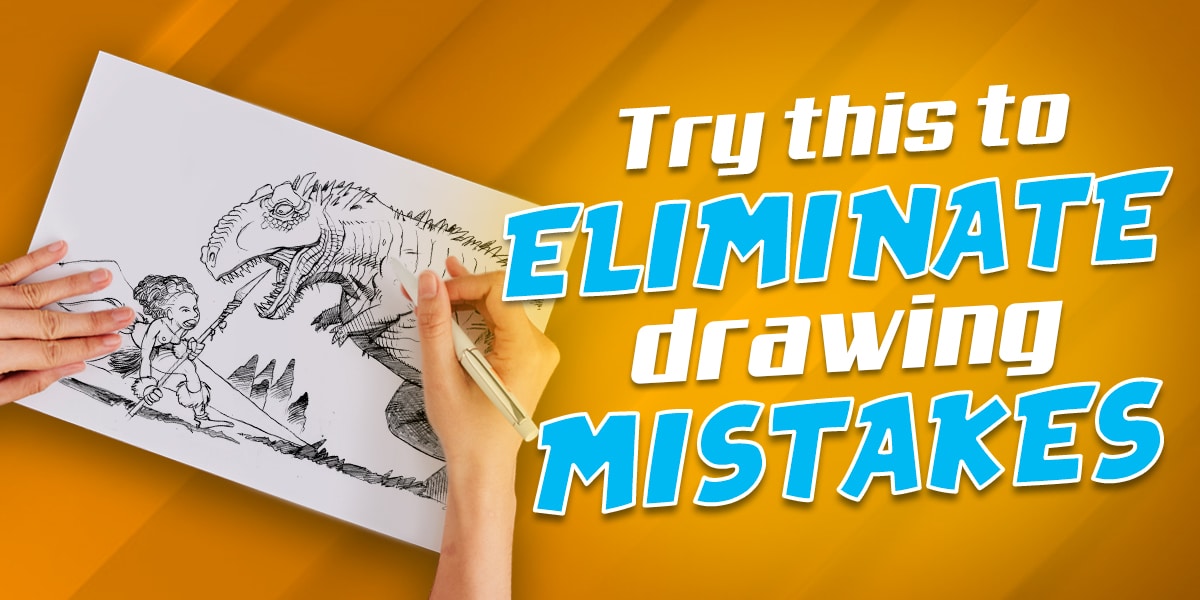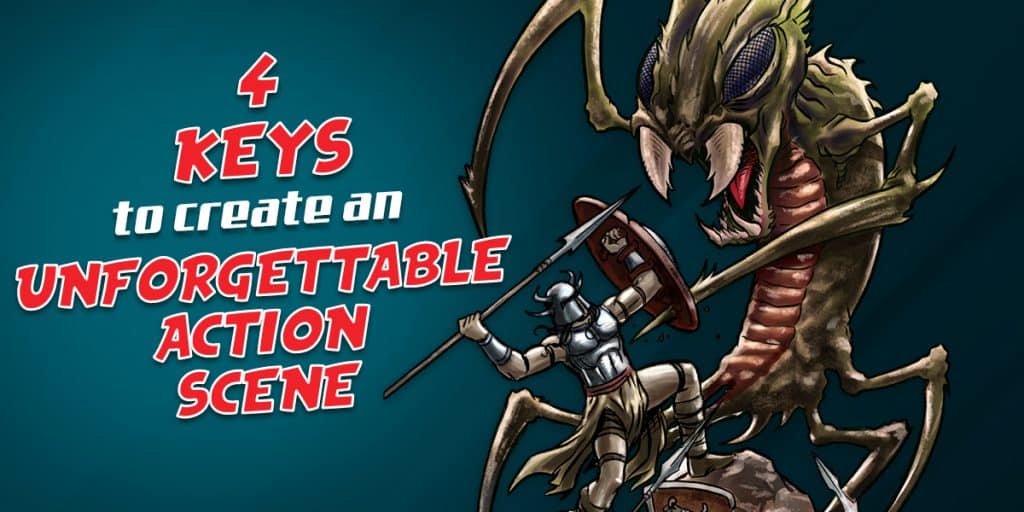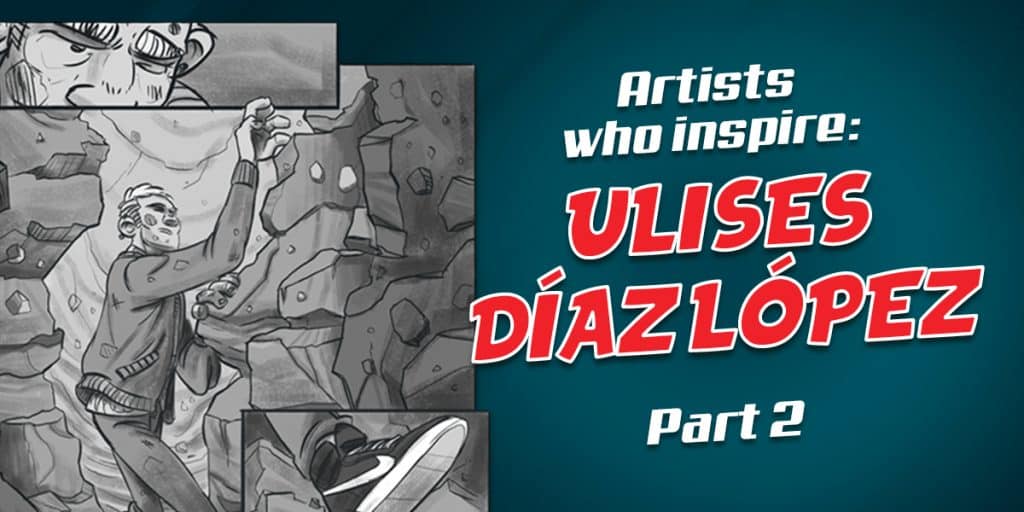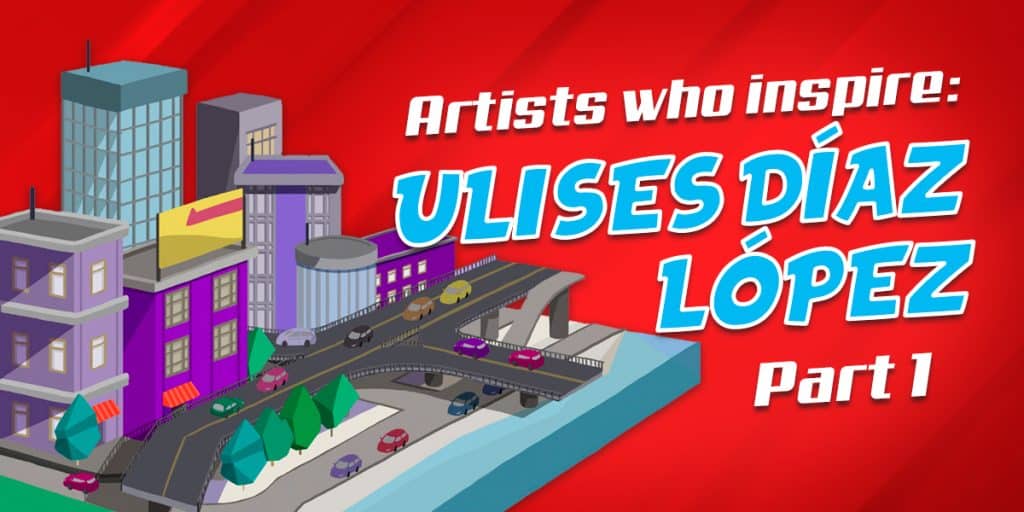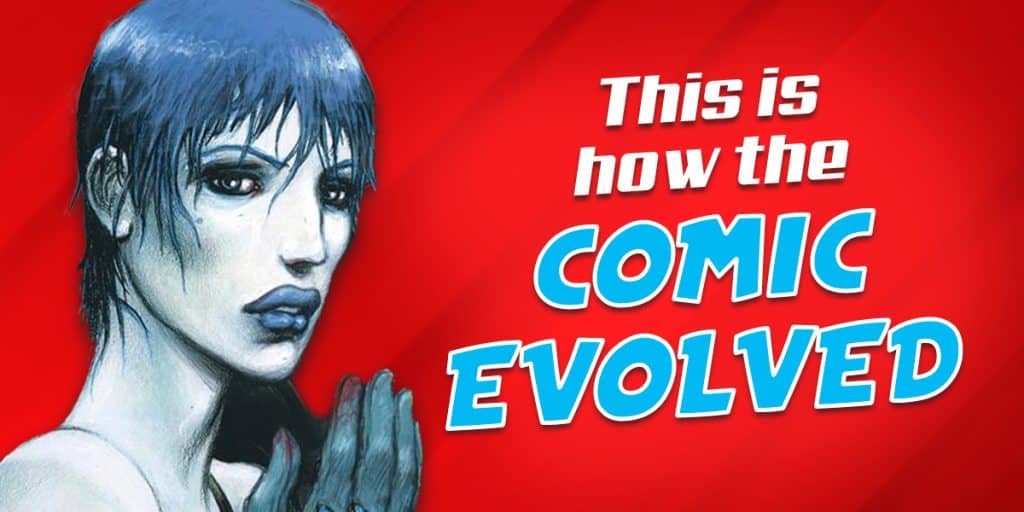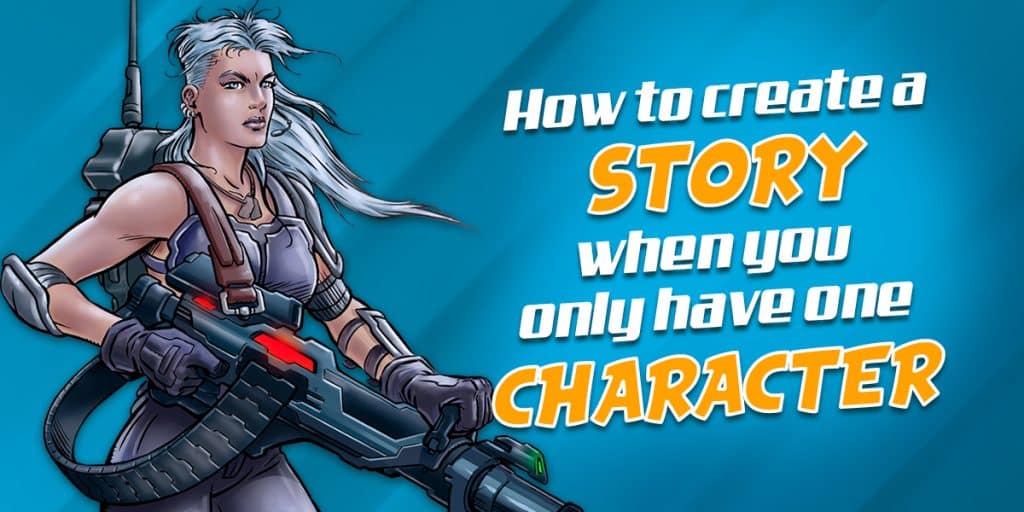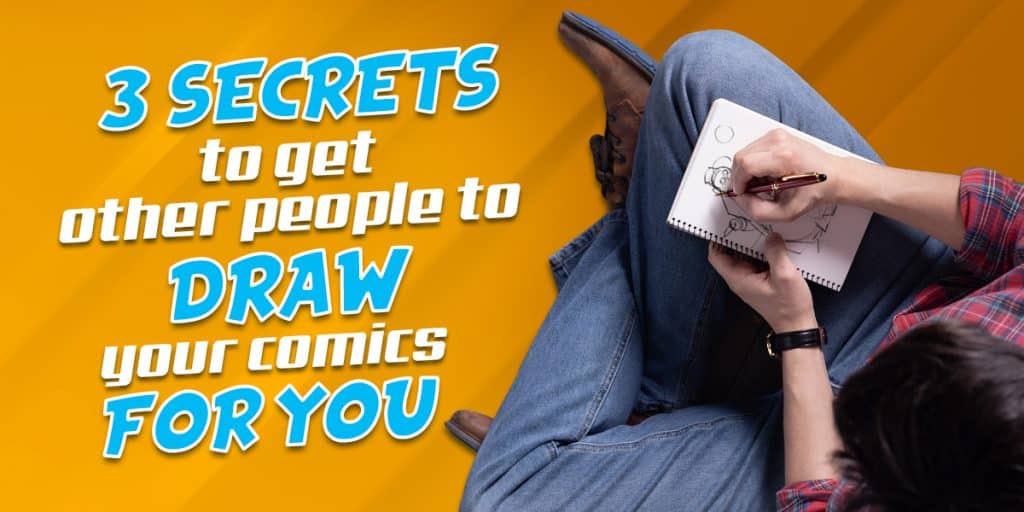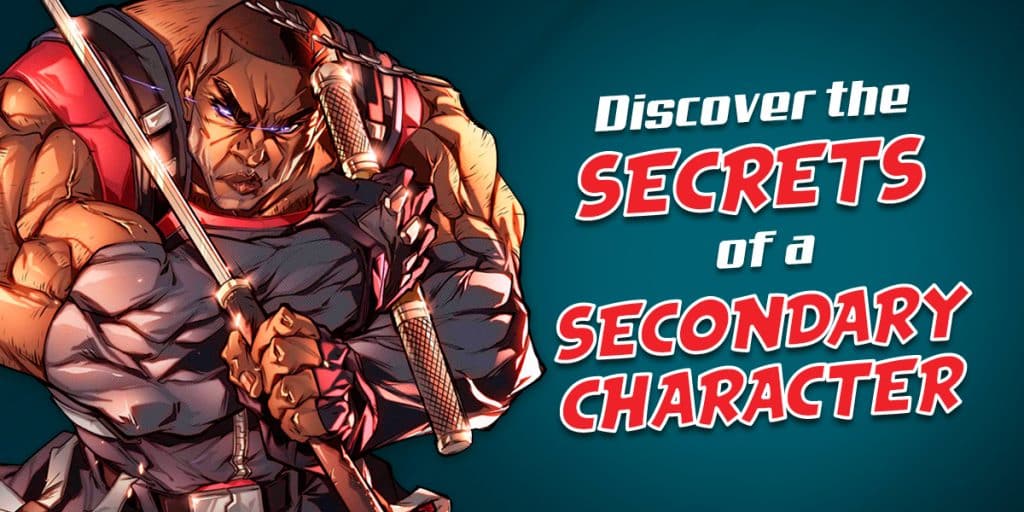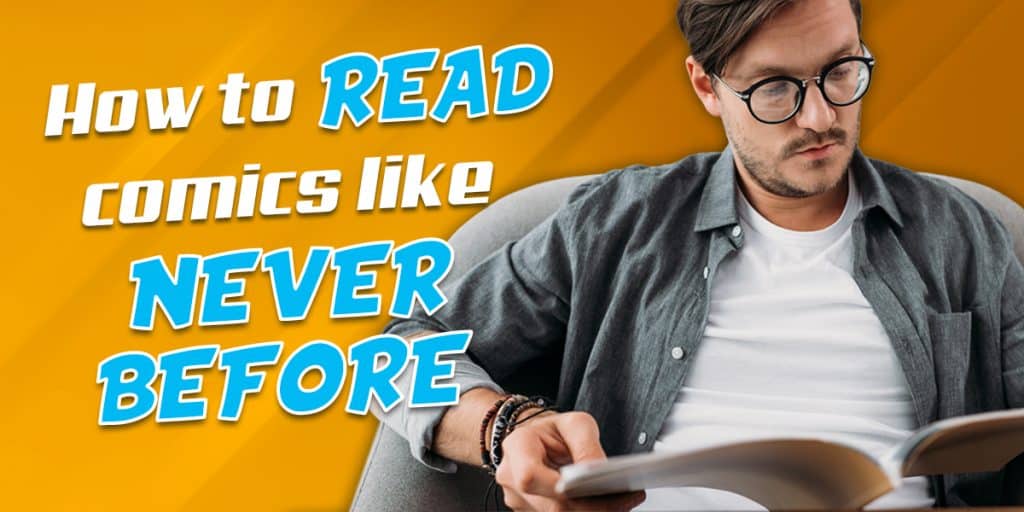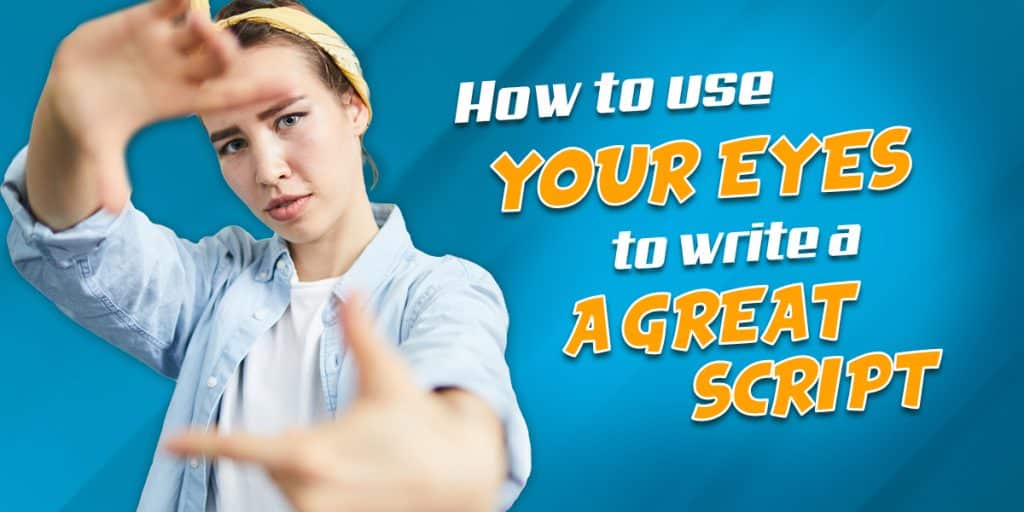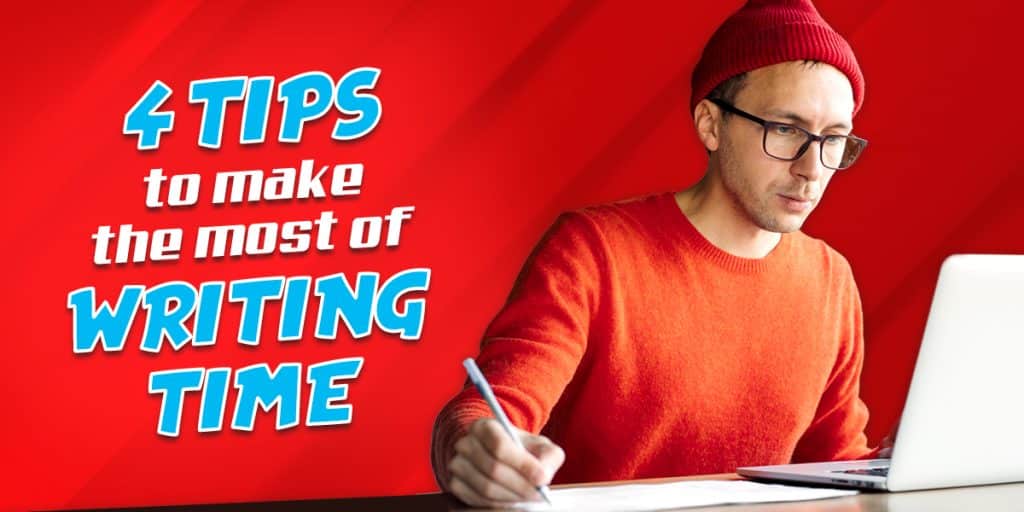In this article, we will explain how to draw from observation, with clear and precise examples of how to do it. It will be quite a challenge, since, for example, we’ll ask you to make your drawings upside down, but don’t worry, it’s only part of this exercise. Try this to eliminate drawing mistakes.

An infallible exercise to learn to draw what we see, observational drawing.
To approach the method of observational drawing, which allows us to draw what we see, we have a proposal to make you.
Forget what you know how to do on the sheet when there is a model in front of you. What does this mean? It may sound paradoxical, but in observational drawing, although we need to understand what we are drawing, we must forget the way we do it when we draw, and create freely.
When facing a portrait, we have a person in front of us, while we begin to draw the face, we will find ourselves in the task of resolving each of the factions.
It may be that we have a particular way of drawing them, which we usually use even when we do not have a model.
A clear example is the eyes.
In the case of the eyes, it is probable that, by means of a lot of practice, without realizing it, we already have a particular way of constructing its drawing, since, in most of the cases, we will have tried it many times, without reference.
This would form an almost automatic style, in which, with certain strokes, we can quickly shape it.
This mode would not serve us in the case of drawing from observation, with the intention of capturing the whole nature of what we have in front of us.
Surely, we would enter our work with our eyes on the sheet, elaborating the eyes in our own way, and adapting by means of the strokes, some features of who we have in front of us. It is valid, but, it would not serve us so much when drawing what we see, with the greatest proximity to its nature.

This characteristic is usually the first concern that arises in those who have not yet experienced drawing from life, and are more accustomed to using their imagination to a greater extent when drawing.
It is about learning new resources, which are useful to get closer to what we see, and put it on paper.
Abandon the old schemes, leave space for the new.
It is necessary to leave aside those old schemes, those ways of solving the drawing, which most of us have experienced since we were children.
For this new method, it will be time to propose, to see, to think, and to draw, only through the forms, the lines and the grays, which are our visual elements, and the purest of drawing, in these cases.
All this theory happens when we go into drawing what we have in front of us, and we are working on the “drawing from nature”.
To deepen, in this that we call observational drawing, and to be able to understand that it would be to denaturalize what we see, at the time of drawing, we have a very practical exercise. It will challenge us to understand what happens, and it will take us back to the experience of what we are looking for when we forget what we have learned in the observational drawing.
Drawing upside down!

We will take an image, containing figures that you can easily recognize, such as portraits or landscapes. It is a matter of finding a reference photograph that motivates us, something simple to start with.
The whole exercise will be based on this image, although it is a photograph, and we are not working from reality, it must be done in this way of drawing.
This work will reveal the experience of what we are proposing.
When we have our image selected, we must invert its sense in 180º, so that our example will be upside down, and, in effect, we will no longer see the image in the same way.
It will be uncomfortable, because we will not be easily recognizing the elements, and that is precisely the point of the exercise.


The moment of truth has arrived. Don’t turn the sheet all the way to the end!
It’s time to take a sheet of paper and draw our image as we see it, upside down, without ever turning it over, not for any reason! Like this, all the way to the end.
This is an uncomfortable challenge, we admit, but we can guarantee it’s fun.
As long as we do it, everything will be an effort to relate lines, shapes and directions, our main resources as drawers.
As we go along, we will see that this is very useful to learn what drawing from observation implies.
Once finished, it will be time to turn it over, and thus, return both the image and its drawing to the original sense of reading, there we will find many surprises, successes and failures.
Fun + Learning = Satisfactory results!
Take it with fun, as an exercise that challenges us, and that will make us learn a lot to observe.
A new way of looking at things can’t go wrong. As with any drawing exercise, doing it once would be too little, so we suggest doing it several times, the more the better, always.
Conclusion
As we saw during the article, we teach you to draw from observation, with clear and detailed steps, the fun while you do your work, too, plays an important role in the learning process.
The exercise we showed you, to learn to draw what we see (observational drawing) doesn’t fail, I recommend you to read it again, it will really help you.
Our recommendation: Try this to eliminate drawing mistakes.
I repeat, it is infallible!

